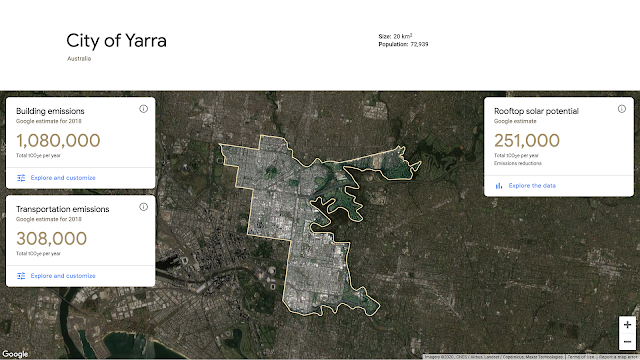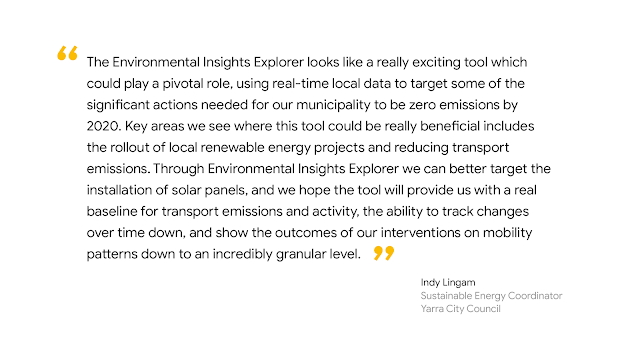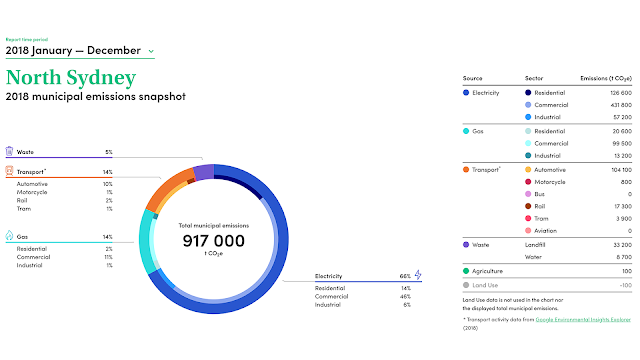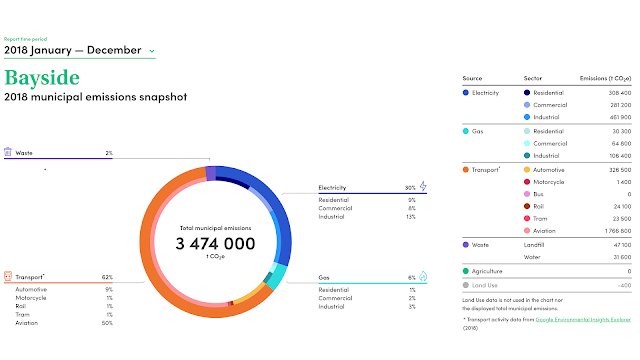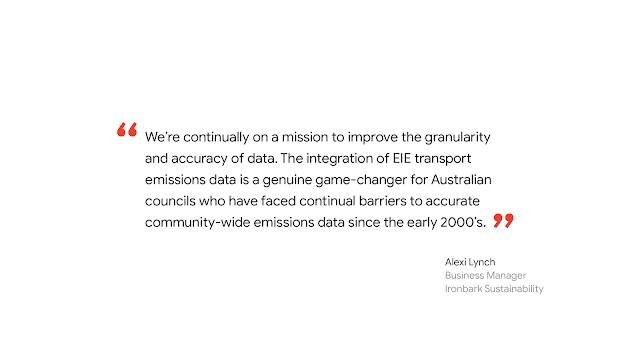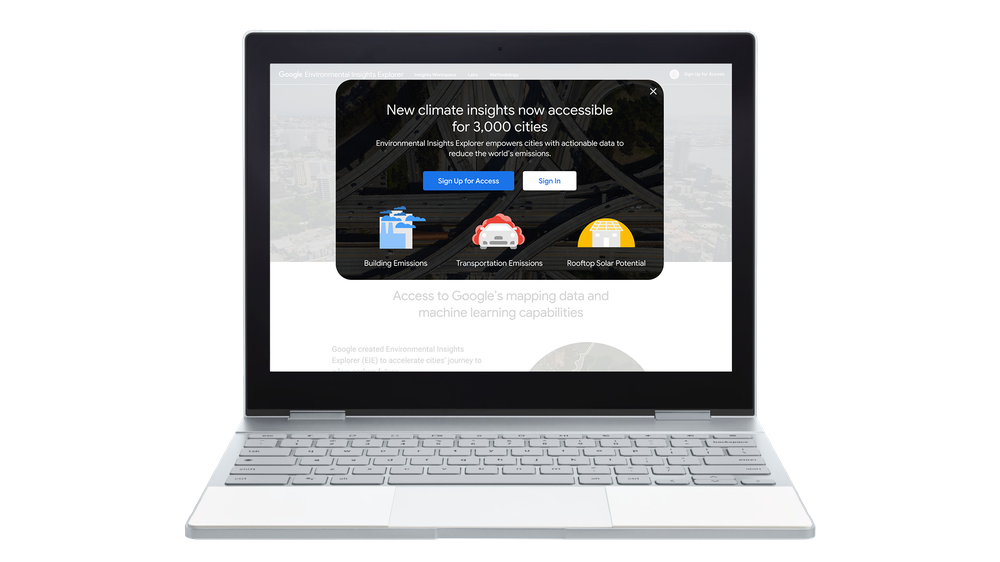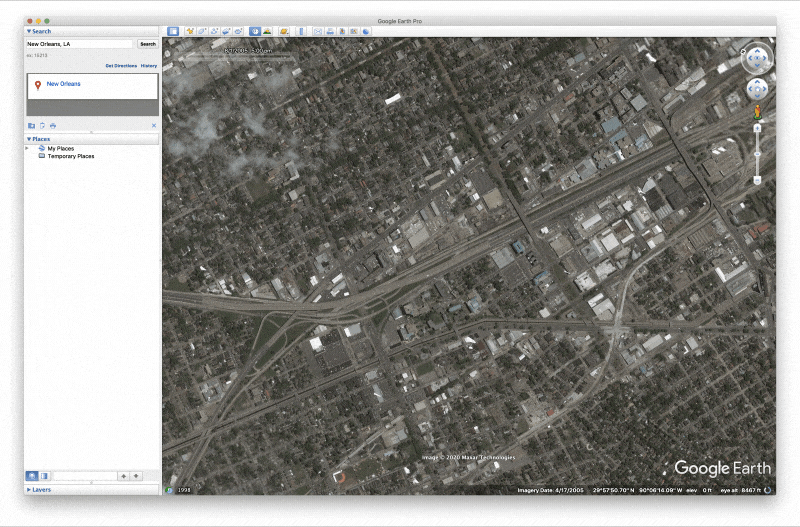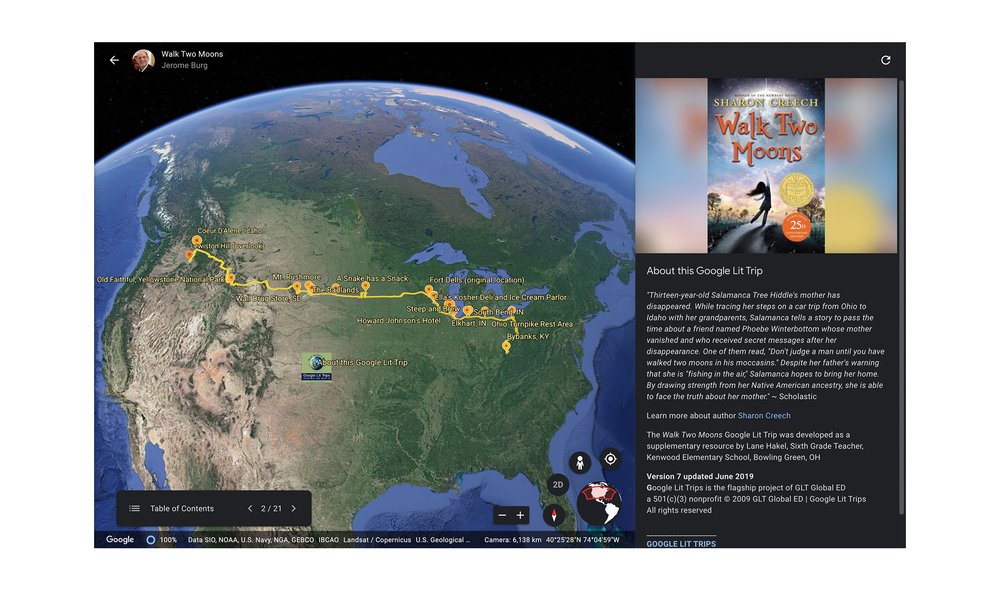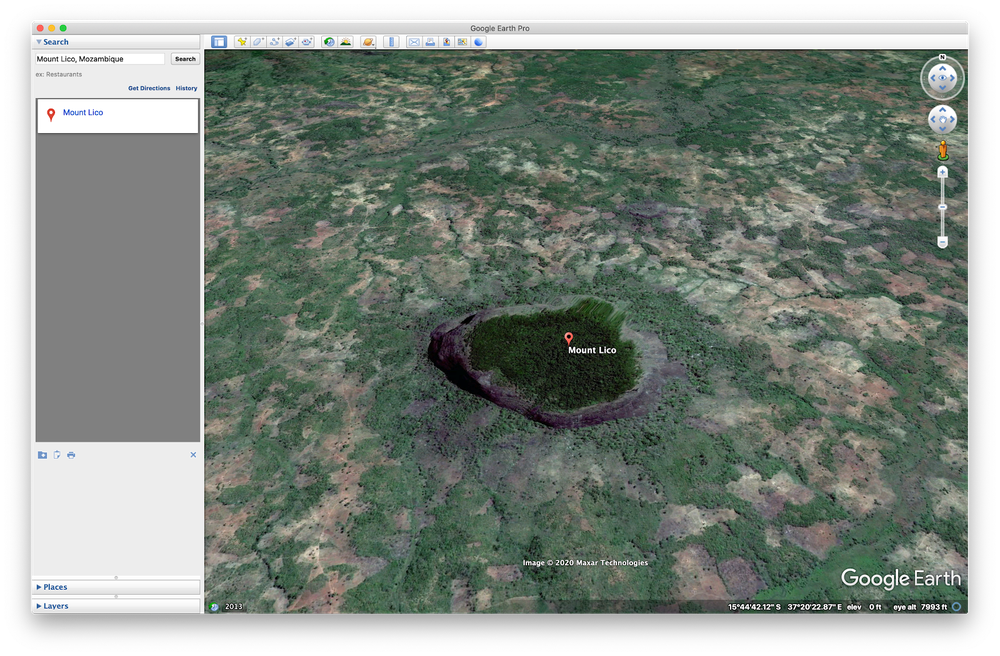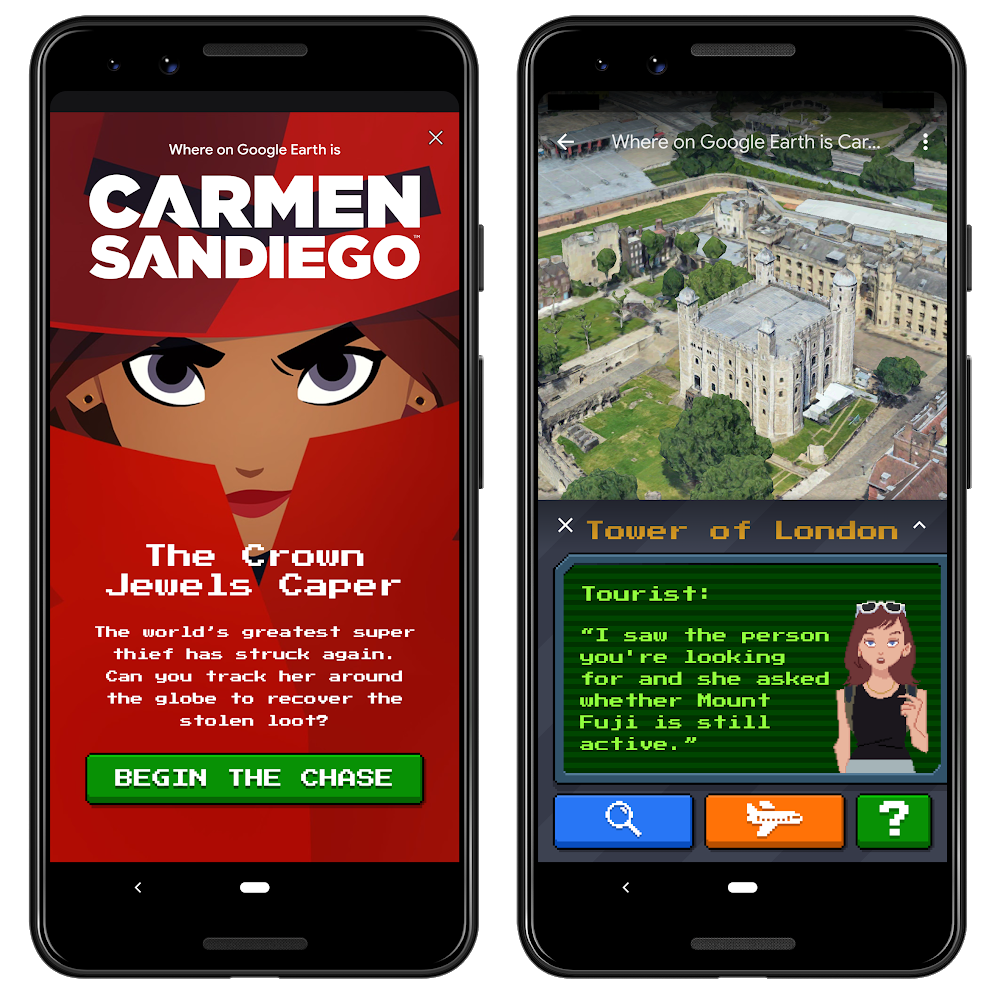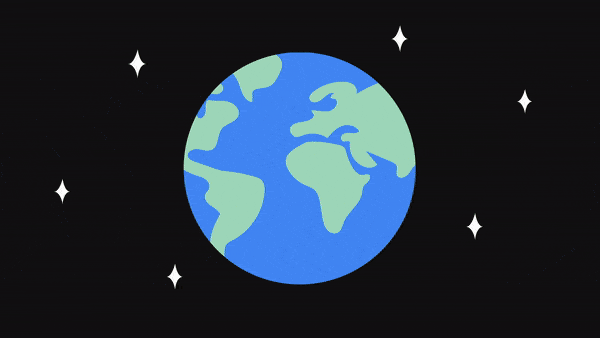When flying, I am firmly a window seat person. (And I can’t wait to start flying again… or at least get out of my apartment.) Not because I’m annoyed by the beverage cart hitting my elbows (though I am), or because I like to blankly stare out at the endless sky (which I do), but because I enjoy looking down at the streets, buildings and skyline of my destination as we land. It’s thrilling to watch cars move, see skyscrapers cast shadows on the street or check out the reflection of the sun in a body of water. For most of human history, it was impossible to even imagine what Earth looked like from above, and only in the past century have we been able to capture it.
Today, satellite imagery is one of the most popular features on Google Maps. Capturing the world from above is a huge undertaking, matching millions of images to precise locations. But how does satellite imagery actually work? How often are images updated? What are some of the biggest challenges to bringing satellite imagery to more than 1 billion users?
To answer these questions, I reached out to our satellite imagery techspert, Matt Manolides. Matt is Google’s Geo Data Strategist. He’s worked at Google for over 14 years and he gave me an aerial view (pun intended) of how satellite imagery works.
How do we accumulate the images used in Google Maps? Do we actually use satellites?
The mosaic of satellite and aerial photographs you can see in Google Maps and Google Earth is sourced from many different providers, including state agencies, geological survey organizations and commercial imagery providers. These images are taken on different dates and under different lighting and weather conditions.
In fact, there’s an entire industry around doing aerial surveys. Companies cut holes in the bottom of planes, and cameras take pictures as they fly overhead. In many areas around the world, this is happening constantly. In parts of the world where there isn’t an established aerial survey market, we rely on satellites. With aerial surveys, we get very high-quality images that are sharp enough to create detailed maps. Satellites produce lower-quality imagery, but are still helpful because they provide global coverage.
Today, you can explore 36 million square miles of high-resolution satellite images in Google Maps and Google Earth, which covers more than 98 percent of the entire population.
When do the images meet the map?
“Google obtains commercially-available satellite imagery from a range of third parties, and our team stitches the images together to create a seamless map,” Matt tells me. This is a process called photogrammetry and, according to Matt, we’re increasingly able to automate our photogrammetry process using machine learning to help accurately place images and improve resolution.
For aerial data, the images are delivered on hard disks and we upload them into Google Cloud. For satellite imagery, the data is uploaded directly from our providers to Google Cloud. The imagery is delivered in a raw format, meaning it’s not yet positioned on the ground and is separated into red, blue and green photos, as well as panchromatic images, which includes finer details. We then combine the jumble of images so they all line up and have an accurate placement in the real world, and generally look beautiful.
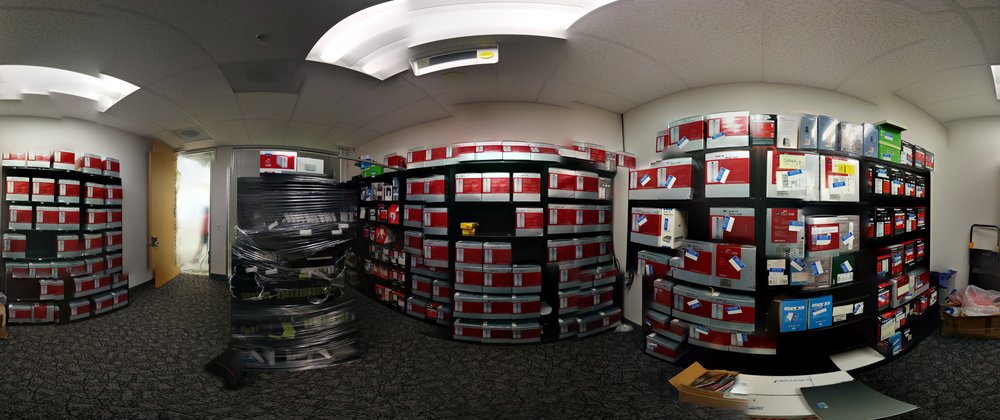
Rooms full of hard drives, each one jam-packed with aerial images.
How often do you update satellite images?
“We aim to update satellite imagery of the places that are changing the most,” Matt says. For instance, because big cities are always evolving, we try to update our satellite images every year. For medium-sized cities, we try to update images every two years, and it goes up to every three years for smaller cities. Overall our goal is to keep densely populated places refreshed on a regular basis and to keep up with a changing world, so we will refresh areas more frequently when we think there’s lots of building or road construction going on.
Why do we sometimes see mysterious objects on Maps? What are they?
Matt explains that sometimes the way the images are collected can create optical illusions. One of the most common instances of this are “sunken ships,” which are actually regular, operating ships that might appear underwater due to the way the satellite imagery gets layered together. Other times, sunlight can reflect off something shiny, and it will look like a strange white object that some believe are haunted houses or other such spookiness.
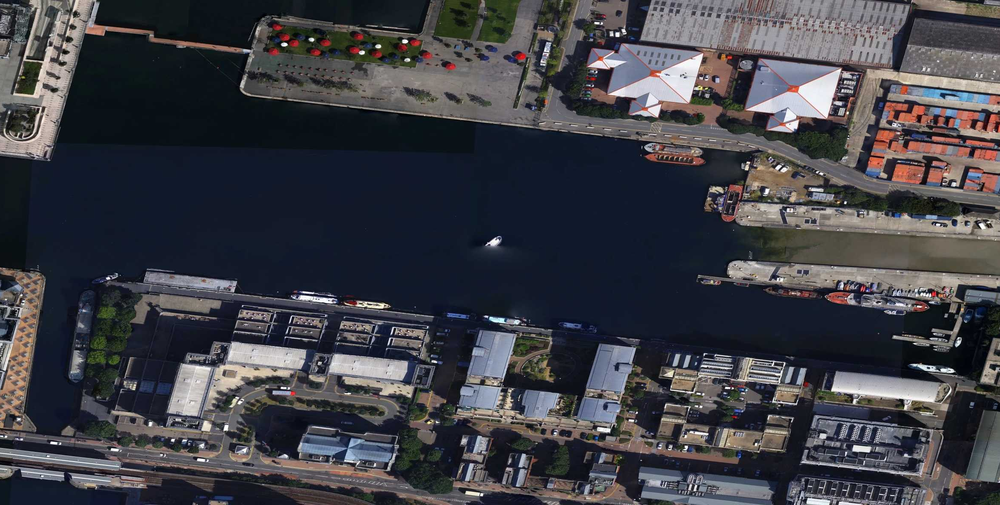
A spooky "sunken ship" illusion in London.
Because the satellite cameras take multiple pictures at the same time, but in different color spectrums, a fast-moving object, like a plane, can look strange, like several identical but differently-colored planes flying over each other.
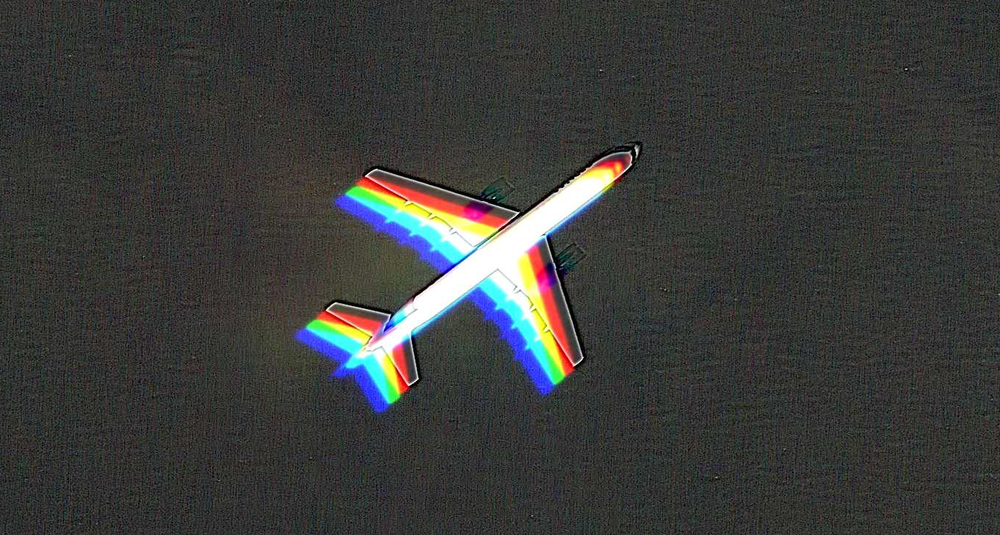
As for Matt, his favorite part is finding public events that are happening when the images are captured. From hydroplane races to car shows, it’s fascinating to see events in the overhead imagery.
“When I was a kid growing up in Seattle, I always loved the hydroplane races that would happen each summer. It was a thrill to realize that we captured one from the air back in 2010,” Matt says. “The imagery isn’t visible in Google Maps anymore, but you can still see it using Google Earth Pro’s Historic Imagery feature, which lets you browse our full catalog of imagery.”
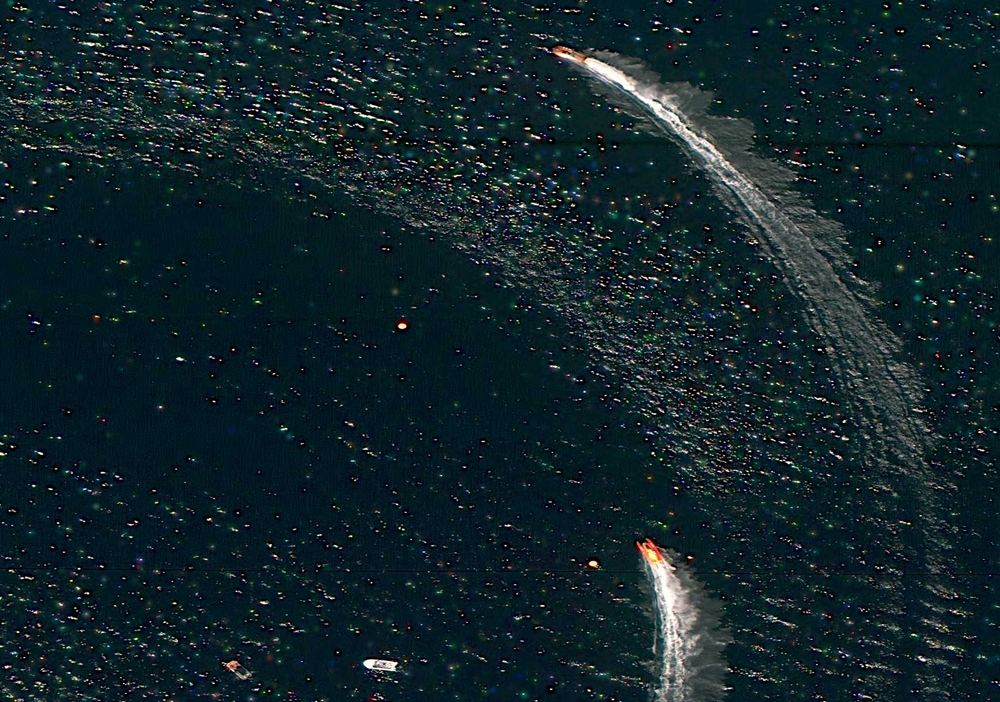
A hydroplane race on Lake Sammamish, Washington, on June 10, 2010.
